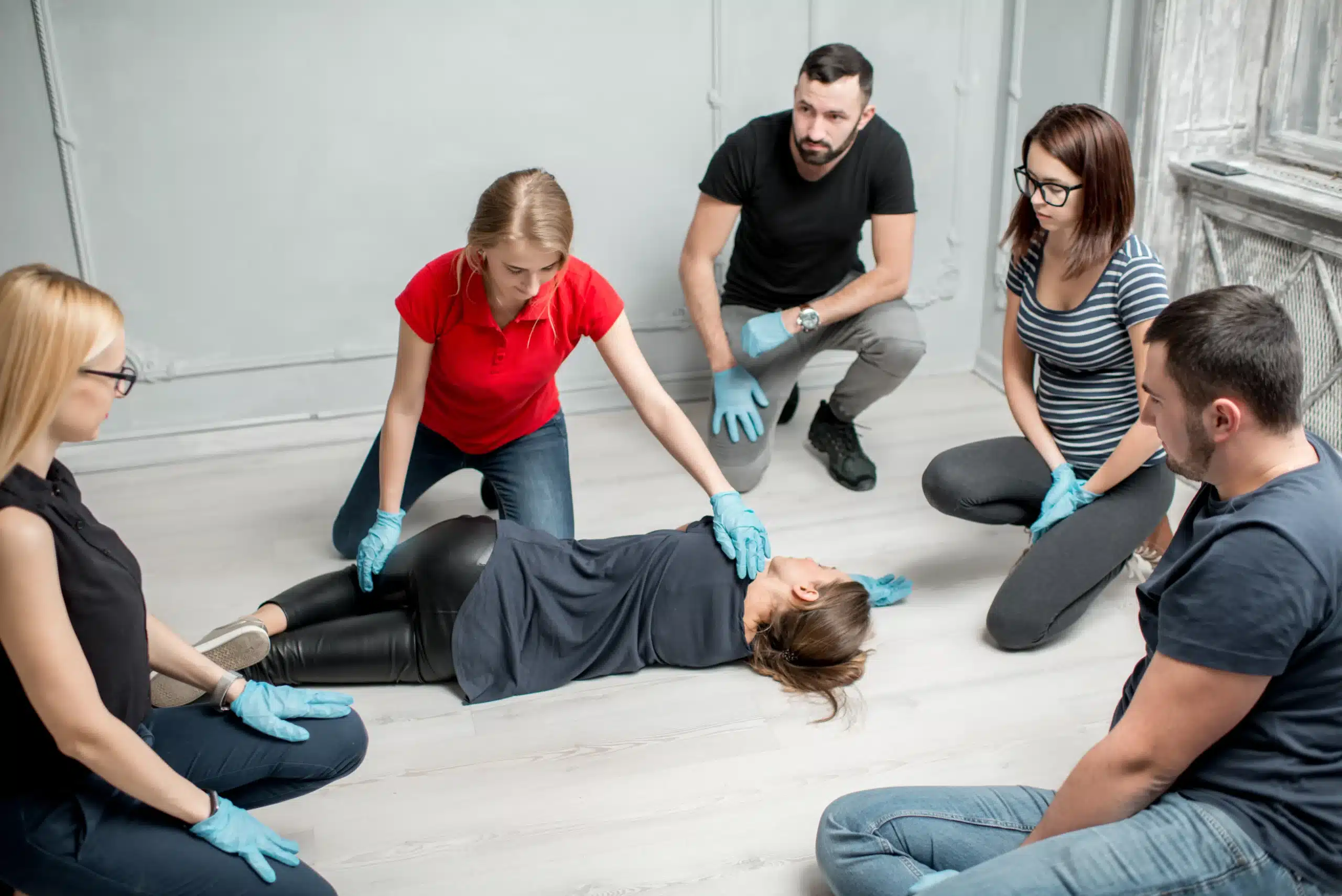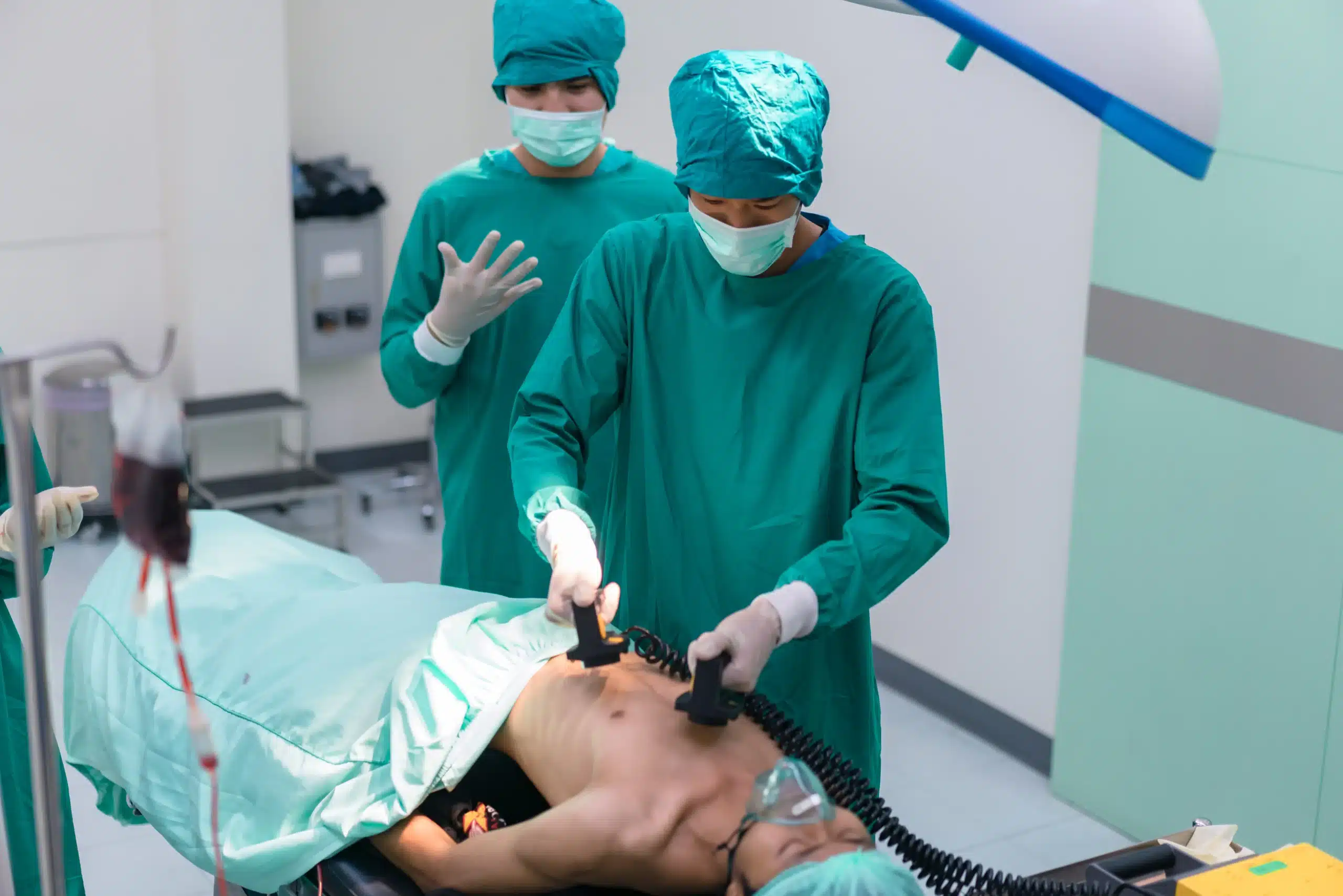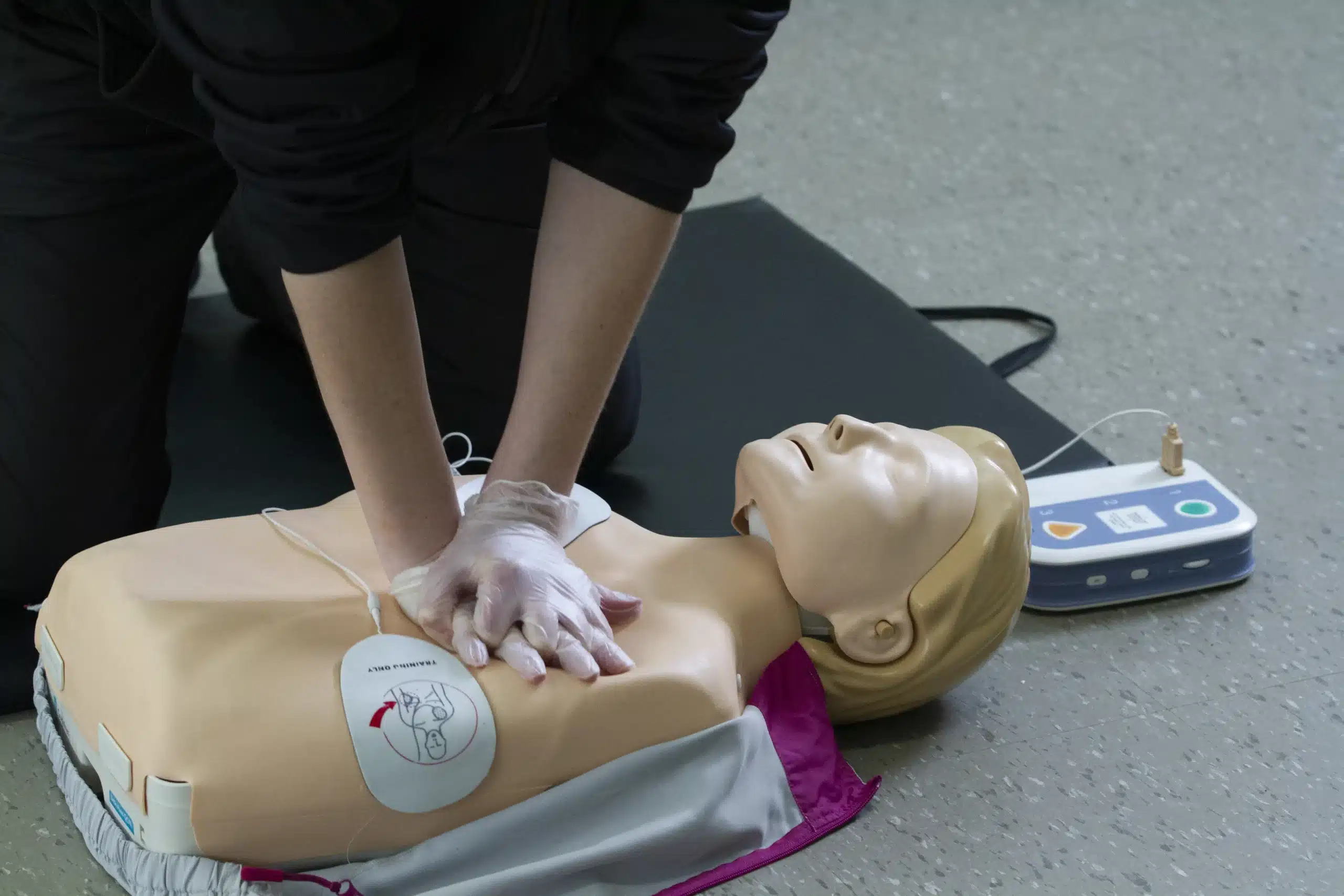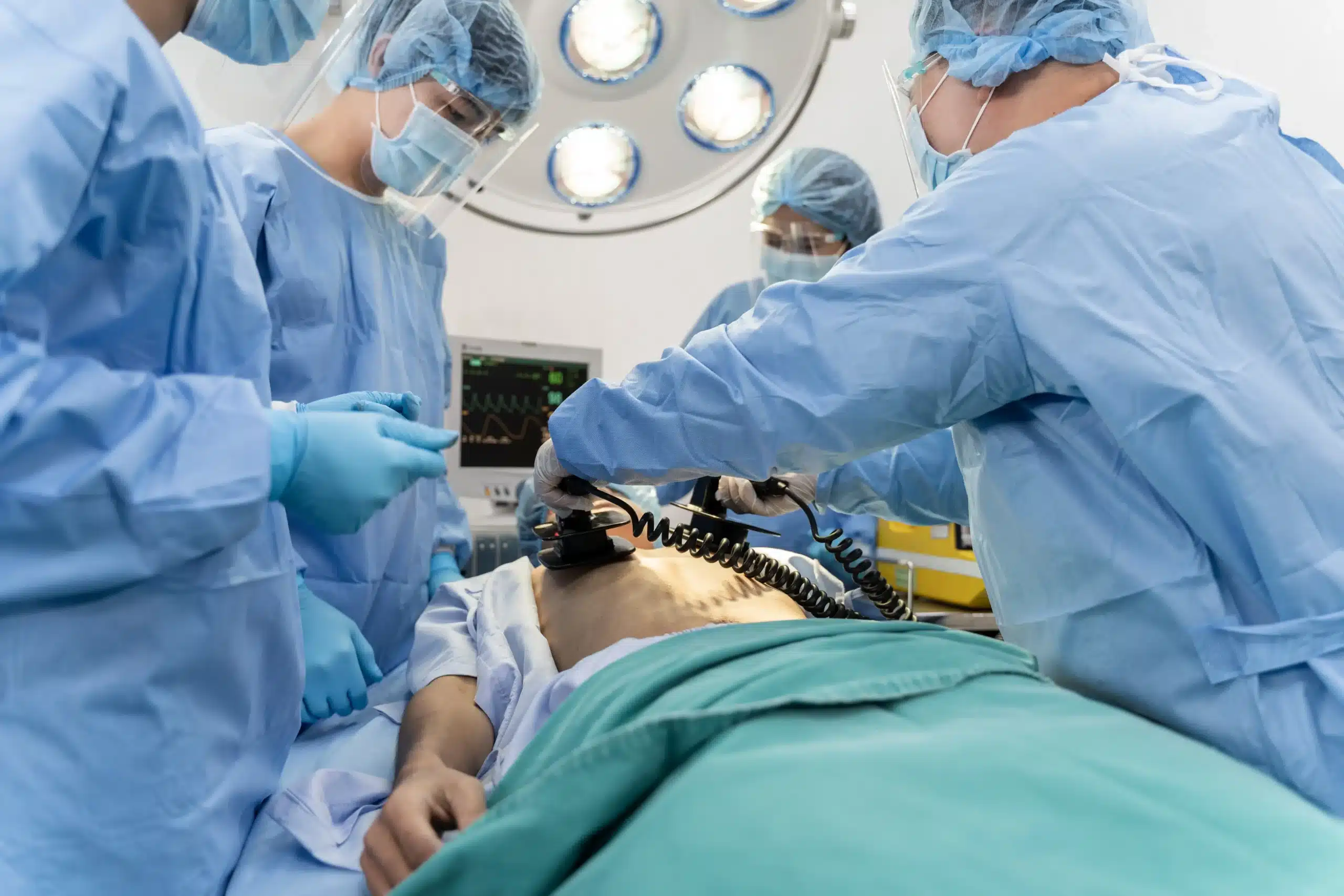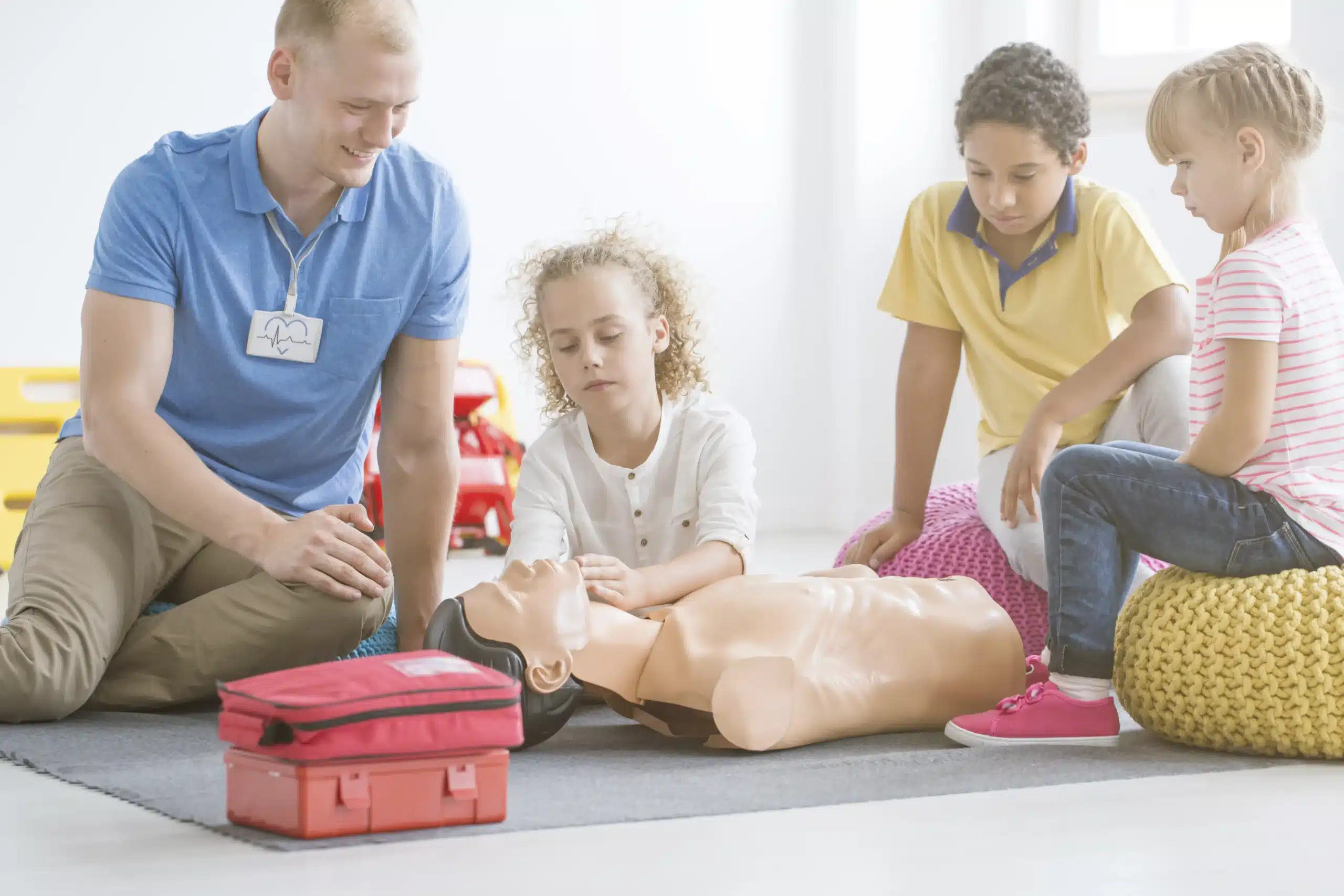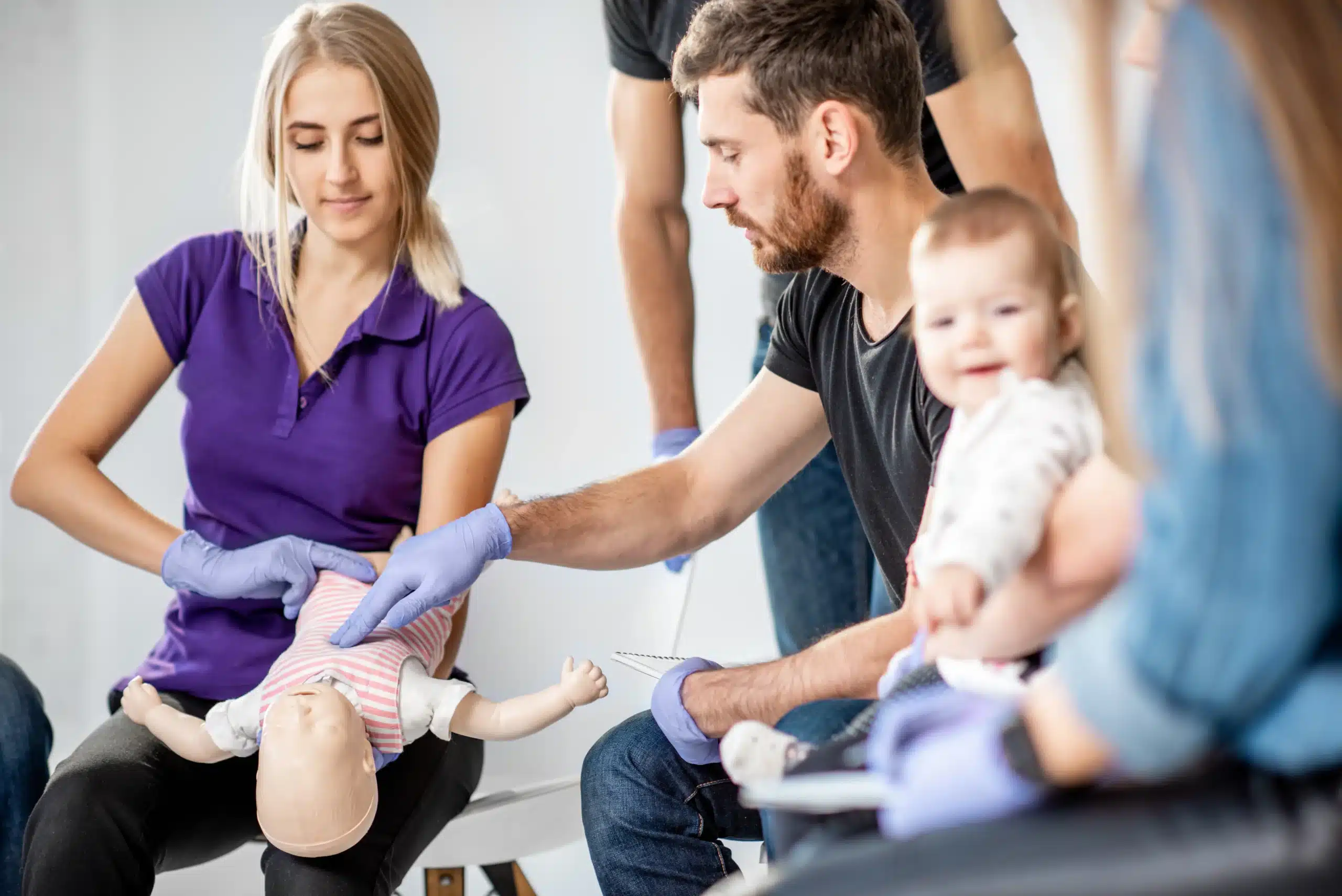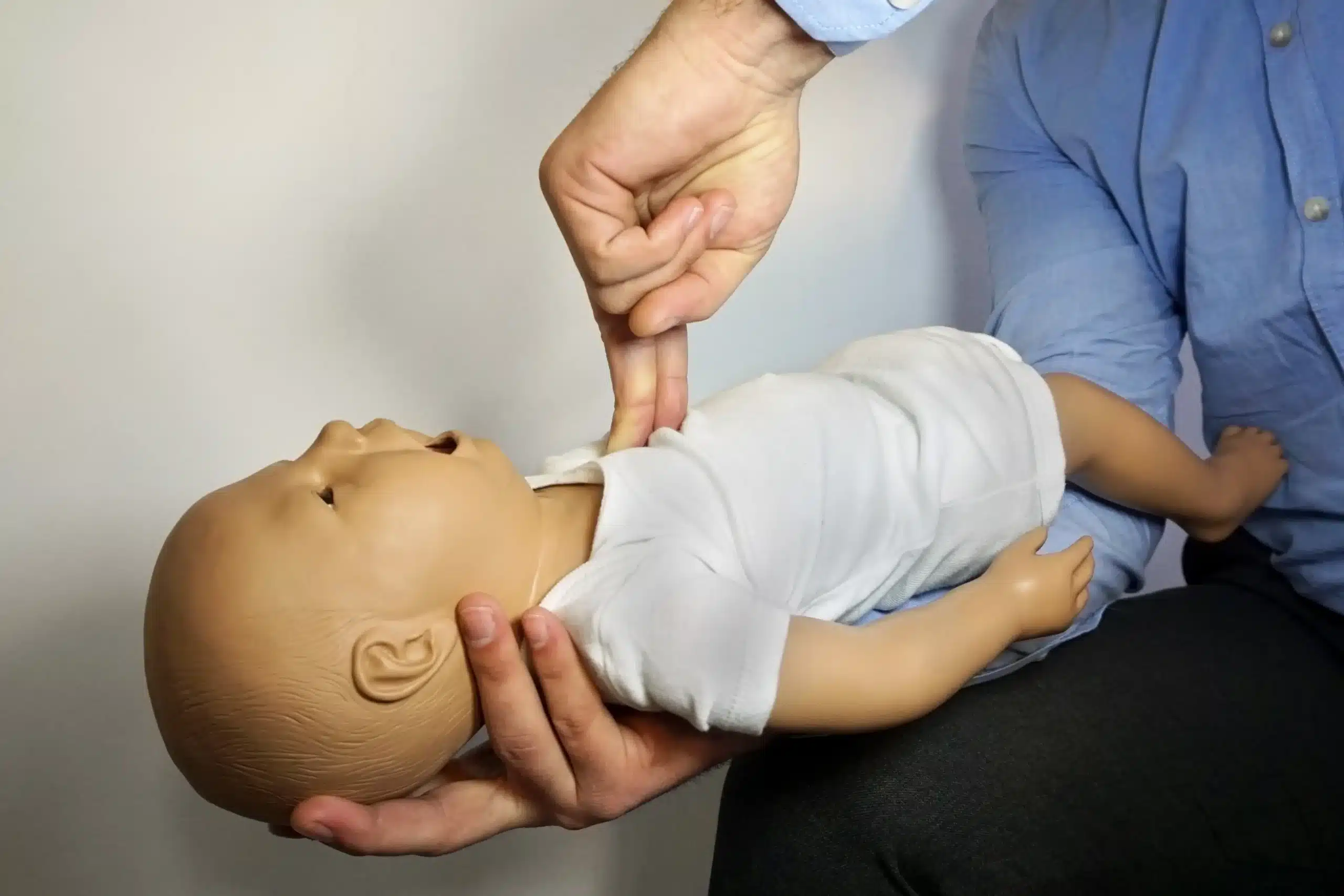Emergencies happen, and when they do, being prepared can change everything. Basic Life Support (BLS) training equips you with the skills to respond effectively to life-threatening situations, giving you the confidence to act when seconds count. It’s more than just CPR; BLS covers a wider range of interventions, from using an AED to managing airways. This article will guide you through the essentials of BLS, including who should get certified, where to find training—especially if you’re searching for “bls training near me”—and what to expect in a course. Let’s demystify BLS and explore how you can gain these life-saving skills.
Key Takeaways
- BLS skills empower anyone to respond to emergencies: These skills are valuable whether you work in healthcare or simply want to be prepared to help in a crisis.
- Finding the right BLS course is simple: Explore various learning formats (in-person, online, or blended) and providers like San Ramon CPR Courses to find a course that suits your needs and budget.
- Maintain your BLS skills for long-term preparedness: Regularly renew your certification and consider refresher courses to stay up-to-date and confident in your abilities.
What is BLS Training and Why Do You Need It?
Basic Life Support (BLS) training equips you with the skills to respond to life-threatening emergencies. It’s about more than just CPR—BLS covers a range of interventions, including using an automated external defibrillator (AED), basic airway management, and techniques for assisting someone who is choking. These skills are crucial in those first few minutes of an emergency, before professional help arrives. Think of BLS as your toolkit for responding effectively and potentially saving a life. BLS training empowers you to make a real difference when it matters most.
Core BLS Skills
BLS certification programs, such as those offered by the American Heart Association, focus on core cardiovascular life support skills. These skills include high-quality CPR for adults, children, and infants, along with effective ventilation techniques. You’ll also learn how to recognize the signs of a heart attack, stroke, and other cardiac emergencies. The goal is to provide immediate care that can stabilize the situation and improve the chances of survival until paramedics arrive.
Who Should Get Certified?
While BLS certification is often a requirement for healthcare professionals like doctors and nurses, it’s valuable for anyone who wants to be prepared for an emergency. Parents, teachers, coaches, childcare providers—anyone who interacts with others regularly—can benefit from having these skills. Knowing how to perform CPR and use an AED can be the difference between life and death in various situations, from a medical crisis at home to an accident at a public event. BLS certification isn’t just for medical professionals; it’s a powerful tool for anyone who wants to be ready to help.
Common BLS Myths
One of the biggest myths surrounding BLS is that it’s only for medical professionals. This simply isn’t true. Anyone can learn BLS, and everyone should consider it. Another misconception is that getting certified requires a huge time commitment. In reality, BLS courses are designed to be efficient and accessible, fitting into busy schedules. Don’t let these myths hold you back from gaining a skill that could save someone’s life. BLS certification is more attainable than you might think.
Find BLS Training Near You
Finding the right BLS training program is easier than you think. Several organizations and institutions offer courses, so you can choose one that fits your schedule, learning style, and budget. Here are a few places to start your search:
San Ramon CPR Courses
If you’re in the San Ramon, Dublin, or Danville area, San Ramon CPR Courses offers a range of American Heart Association certification classes, including BLS. They focus on affordability and convenience, with courses held at Bishop Ranch 1 and certification cards issued upon completion. Check out their website for details on their CPR and first-aid certification courses. They also offer group discounts if you’re learning with friends or colleagues. For those looking to renew their skills, they also provide RQI classes. And with their low price guarantee, you can be confident you’re getting a good deal.
American Red Cross
The American Red Cross is a well-known provider of BLS training nationwide. Their courses meet national standards and are designed for healthcare providers and first responders. You can find a class on their website.
American Heart Association
The American Heart Association (AHA) is another reputable source for BLS training. Like the Red Cross, they offer standardized courses accepted nationwide. Many local training centers offer AHA-certified BLS courses, so you can likely find one in your area. San Ramon CPR Courses is one example of a training center offering AHA-certified courses.
Local Hospitals and Medical Centers
Many hospitals and medical centers offer BLS training courses for their staff and the community. These courses are often taught by experienced medical professionals. Check with hospitals in your area to see what they offer.
Community Colleges
Community colleges frequently offer BLS certification as part of their healthcare and continuing education programs. These courses are often more affordable than those offered by private training centers. Plus, they may offer flexible scheduling options.
Choose the Right BLS Format
Finding the right BLS course is about more than just the location. Think about your learning style, budget, and schedule as you explore these options.
In-Person Classes: Hands-on Learning
In-person BLS classes provide a structured learning environment with direct interaction with an instructor. This format offers hands-on practice and immediate feedback, which can be invaluable for mastering essential skills like CPR and using an AED. A typical class takes about three to five hours, though other factors can influence the overall time commitment. If you thrive in a traditional classroom setting and value face-to-face instruction, an in-person class might be your best bet. San Ramon CPR Courses offers in-person training at Bishop Ranch 1, making it convenient for those in the San Ramon, Dublin, and Danville areas. For more information on CPR and First Aid certification, visit the American Heart Association.
Online Courses: Learn at Your Own Pace
Online BLS courses offer flexibility and convenience. You can learn the material at your own speed, pausing, rewinding, and reviewing sections as needed. This format often comes at a lower price point than in-person training. While online courses may not offer the same level of hands-on practice, they provide a solid foundation in BLS principles and protocols. If you have a busy schedule or prefer self-directed learning, an online course could be a good fit. Those interested in online learning can explore more details on BLS classes in San Ramon.
Blended Learning: The Best of Both Worlds
Blended learning combines the benefits of online and in-person training. You’ll typically complete the coursework online, then attend an in-person skills session to practice and demonstrate your proficiency. This approach offers both flexibility and hands-on learning, making it a popular choice for many. For those interested in a blended learning approach, additional information on BLS courses in San Ramon can be helpful.
Compare Costs & Discounts
Before committing to a course, take some time to compare costs and look for discounts. Many providers offer group discounts, especially for workplaces or organizations training multiple employees. You might also find discounts for students, healthcare professionals, or other groups. Check with providers like San Ramon CPR Courses for their latest offers and their low price guarantee. For those working in childcare, explore the EMSA Child Care Health & Safety training for relevant certifications and potential discounts. Consider exploring RQI classes as well for specialized resuscitation quality improvement training.
What Happens in a BLS Course?
So, you’re signed up for a BLS course—great! Now, what can you expect? Whether you’re a healthcare provider or just want to be prepared for emergencies, understanding the course content and structure will help you feel confident going in.
Key Topics You’ll Cover
BLS certification courses cover essential, life-saving skills recommended by the American Heart Association. You’ll learn how to recognize the signs of a cardiac arrest or someone who is choking. The course also includes training on using an automated external defibrillator (AED), basic airway management, and high-quality CPR for adults, children, and infants. For more information on CPR and First Aid certification, visit our dedicated CPR and First Aid page.
How Long Does it Take?
Most BLS courses take between three and four hours to complete, including a hands-on skills assessment. While some factors might slightly influence the overall time, you can generally plan for a half-day commitment. Check with your chosen provider, like San Ramon CPR Courses, for specifics. We offer a variety of course times to fit your schedule.
Practice & Skills Assessment
Hands-on practice and a skills check-off are key parts of any BLS course. You’ll have the opportunity to practice the techniques you learn on mannequins, giving you the confidence to perform CPR and use an AED in a real emergency. This in-person assessment is required to receive your BLS certification. Studies show that this type of training significantly increases both willingness and confidence in performing CPR.
Get Certified
Once you’ve successfully completed the course and skills assessment, you’ll receive your BLS certification card. This certification is typically valid for two years. Make sure you keep track of the expiration date and plan to renew your certification to maintain your skills and stay up-to-date with the latest guidelines. Check out our section below on keeping your BLS certification current for tips on renewal. For those needing recertification, we offer convenient RQI classes to help you stay current.
Keep Your BLS Certification Current
BLS certification from the American Heart Association is valid for two years. Staying current with your training ensures you’re prepared to provide high-quality care in an emergency. Here’s what you need to know about renewing your
Renew Your Certification
Don’t let your skills lapse. Plan to renew your BLS certification before it expires. Renewal courses cover the same core content as the initial certification, refreshing your knowledge and skills. You can find BLS renewal courses online and in person, often at a lower cost than the initial certification. Many providers, like the American Red Cross, offer recertification courses for those whose credentials are expiring soon. Check with your certifying organization for specific renewal policies.
Continuing Education
Maintaining your BLS certification also contributes to your continuing education requirements. BLS courses often include continuing education credits, which can be valuable for maintaining professional licenses and certifications in many healthcare fields. For example, some BLS training offers continuing education credits. Check with your certifying organization or professional licensing board to understand how BLS training applies to your specific requirements.
Stay Up-to-Date
Medical knowledge and techniques are constantly evolving. Regularly renewing your BLS certification ensures you’re practicing with the most current, evidence-based information. Organizations like the American Red Cross update their BLS curriculum based on the latest scientific advancements. This commitment to staying current means you’re always prepared to deliver the best possible care.
Practice & Refresher Courses
Even if your certification isn’t due for renewal, consider taking refresher courses or practicing your skills regularly. This helps reinforce what you’ve learned and builds your confidence in responding to emergencies. Many resources, including online videos and practice scenarios, are available to help you stay sharp between certifications. Regular practice ensures you can recall and apply your BLS skills effectively when they matter most.
Related Articles
- Basic Life Support (BLS) in San Ramon: A Practical Guide – San Ramon CPR Classes
- BLS Certification in Danville: Your Guide – San Ramon CPR Classes
- BLS Recertification Near Me: A Complete Guide – San Ramon CPR Classes
- CPR Myths Debunked for Better Life-Saving Skills
- BLS Courses in Dublin: Your Complete Guide – San Ramon CPR Classes
Frequently Asked Questions
What’s the difference between CPR and BLS?
CPR (Cardiopulmonary Resuscitation) is a specific technique used within BLS (Basic Life Support). Think of BLS as the broader term encompassing several life-saving interventions, including CPR, using an AED, and relieving choking. CPR focuses on chest compressions and rescue breaths, while BLS covers a wider range of skills for responding to medical emergencies.
How do I choose the right BLS course format for me?
Consider your learning style and schedule. If you prefer structured learning and hands-on practice, an in-person class is a good choice. If you need more flexibility, an online or blended learning format might be better. Blended learning combines online coursework with an in-person skills session.
How long does BLS certification last, and how do I renew it?
BLS certification is typically valid for two years. You’ll need to take a renewal course before it expires to stay certified. Check with your certifying organization or training provider, such as San Ramon CPR Courses, for specific renewal options and schedules.
What if I’m not a healthcare professional? Is BLS still relevant for me?
Absolutely! BLS training is valuable for anyone who wants to be prepared for an emergency. Parents, teachers, coaches, and anyone who interacts with others can benefit from these skills. Knowing how to respond effectively can make a real difference in a crisis.
Where can I find BLS training near me?
Several organizations offer BLS courses, including the American Red Cross, the American Heart Association, local hospitals, community colleges, and dedicated training centers like San Ramon CPR Courses. Check their websites or contact them directly to find a course that fits your needs and location.
